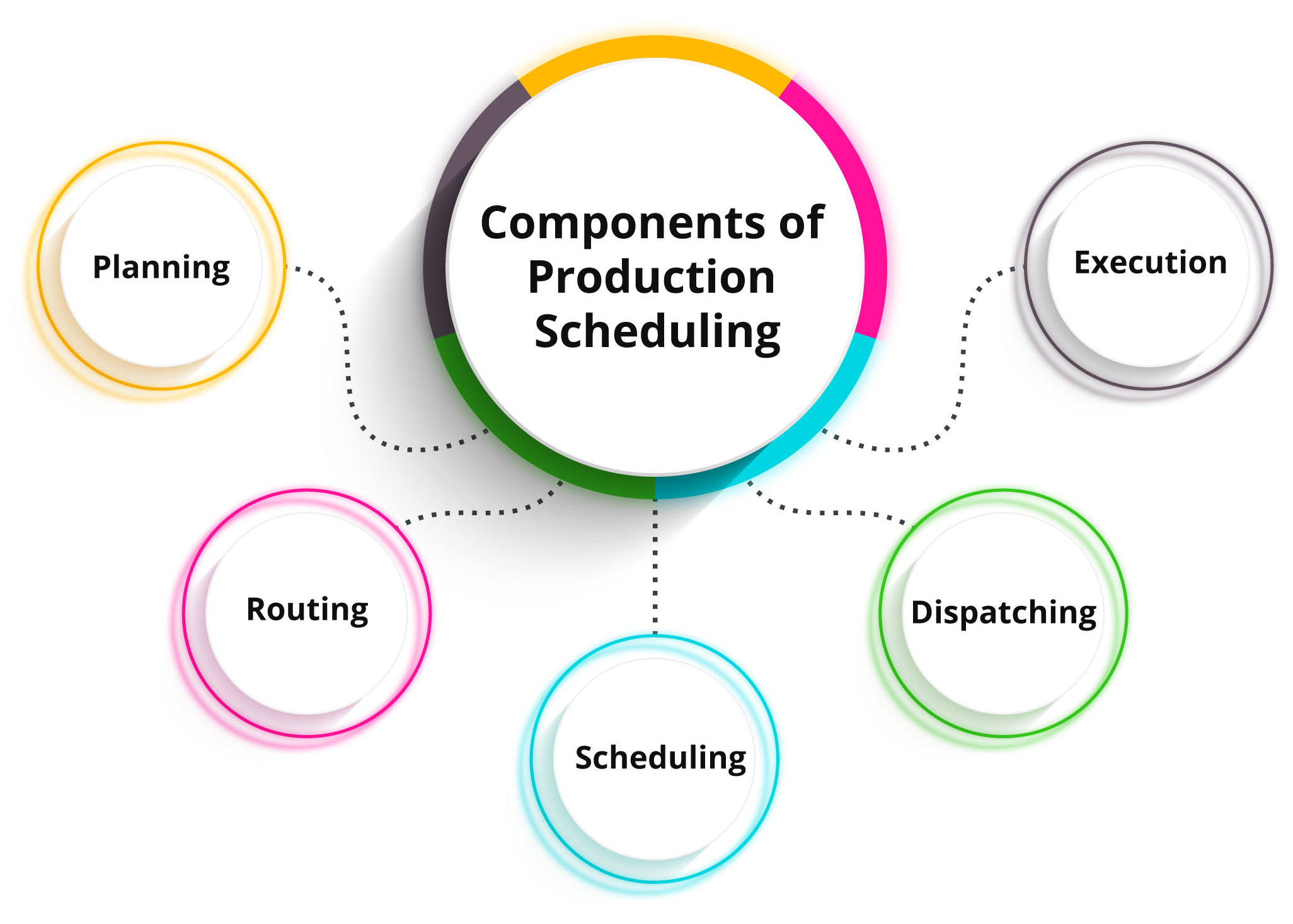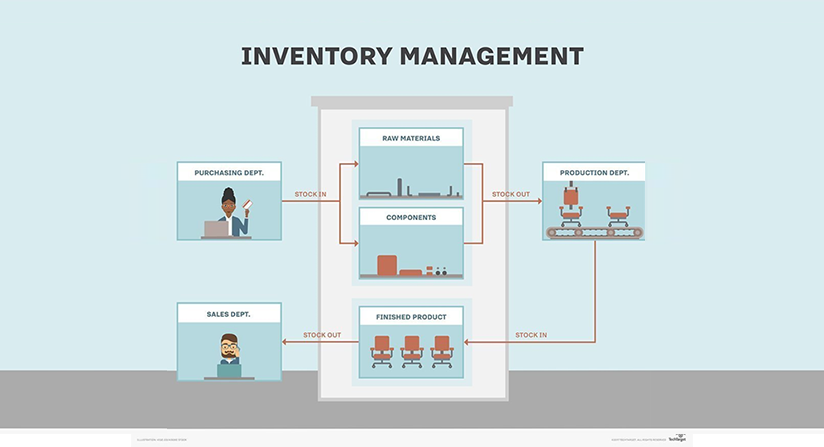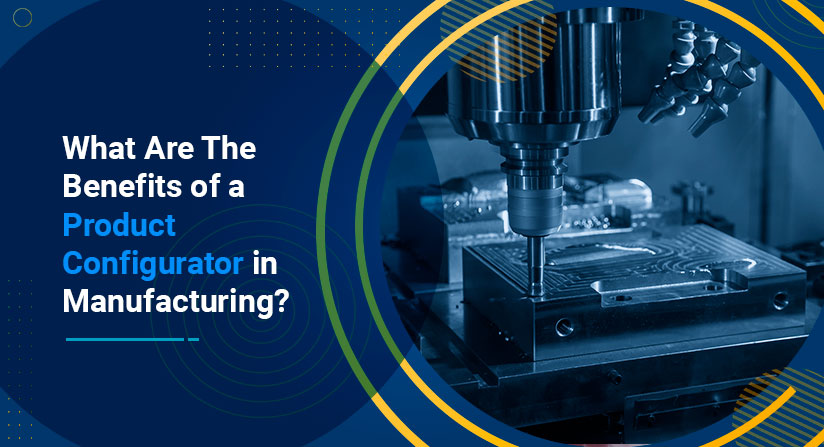Before getting into production scheduling and how it helps manufacturers, let’s have a quick look at the functions of the production department in a manufacturing organization.
The production department transforms raw materials into finished goods. It can include technicians, designers, engineers, machine operators, and more.
Production scheduling is the process of planning and scheduling all production activities on a timescale. This process includes developing strategies for the allocation of machinery, human resources, and production material.
What is a Production Schedule?
A production schedule incorporates every detail of the production process to ensure it is streamlined. The production schedule acts as a line of communication between the production and sales teams. Managers regularly check, update, and evaluate it.
What Does the Production Schedule Do?
The production schedule is a versatile and important document that focuses on planning, forecasting, predicting, and meeting demands on time.
The production schedule manages the order fulfillment process. It corrects production flow inefficiencies and optimizes the production process. The production schedule helps keep workers and machines at capacity. It lets every person understand the tasks assigned to them and their expected output.
Components of Production Scheduling in Manufacturing
1. Planning
Planning is the administrative process that serves as a guide for your company’s production operations. Planning creates an efficient process that meets the needs of customers and the organization. It ensures raw materials, machines, and resources are available to produce finished products on time.
This step minimizes lead times by estimating product demand based on historical production trends. Managers evaluate production status against the plan.
2. Routing
The routing process determines the path that should be followed until the raw materials are transformed into finished goods. The major focus of routing is to locate and perform the most effective and economical sequence of operations in the production process.
3. Scheduling
This is an essential component of the production scheduling process. It determines how manufacturers will meet product requirements. Scheduling includes creating a master schedule and a manufacturing schedule for raw material routing. It also includes a retail schedule showing how products will transit from manufacturing to the shelf.
4. Dispatching
Once scheduling is completed, scheduling and production details are dispatched to the right people. Instructions should be included to make the production process more seamless. Instructions may include the design of the product, information on how to use certain tools, and more production information. Dispatching helps shape the production plan and supports the execution process.
5. Execution
Execution is the process of implementing the plan to save time and increase accuracy. Staff must work collaboratively to ensure items get produced in the correct order and delivered on time. A production schedule succeeds when execution results in reduced errors and on-time deliveries.

How Production Scheduling in an ERP System Achieves Efficiency
Manufacturing Enterprise Resource Planning (ERP) software generates an automated schedule and manages demand fluctuations, product type variations, and employee availability while integrating production functions with other departments.
Look at the three ways production scheduling within ERP software helps manufacturers improve business growth:
1. Connectivity
Integration to other parts of the company gives planners visibility to other things that might impact their schedule. It also lets others in the organization look at where production stands. Sales can check order status in real-time. Purchasing receives information on inventory needs. Quality is easily monitored. Production managers can quickly report on plant floor performance. Productivity increases, deliveries are on time, and customer satisfaction improves.
2. Reduced Costs
With production scheduling in manufacturing ERP, costs are reduced with increased efficiencies. The warehouse is notified when to pick, pack, and ship materials to diminish expedited shipping fees. Inventory is better managed and kept at optimal levels to minimize carrying costs. Connectivity increases productivity so more can get done with fewer people.
3. Greater Control
Production scheduling in manufacturing ERP helps Purchasing know in advance when goods are needed so they can get better pricing. Quality gets improved by managing vendor performance and reducing material variances. Greater metrics are gained to analyze performance and make informed decisions. Production scheduling in ERP helps increase control with greater insight into the manufacturing process.
How to Build an Agile Production Schedule
1. Create a Flexible Schedule
When you create your schedule, you need to contemplate disruptions. Your team needs to be ready to pivot as needed. Be sure you consider capacity, materials, and human resources. Have options ready in case you quickly need to make adjustments.
2. Define True Work-in-Progress
Be realistic about what jobs need to happen immediately. Put a smart plan in place with those items needing immediate completion as a top priority and then prioritize other jobs as needed. Make sure any jobs that indicate work-in-progress are only those that need to be produced right away.
3. Work from Due Dates
When creating your schedule, work backward from product delivery dates. These dates are when items need to be received, so consider production and shipping time to make your schedule dynamic. Working in this order will help keep you on target for promised delivery times.
6 Ways a Production Schedule Can Benefit Manufacturers
1. Improved Customer Service
When every operation (from managing raw materials to transforming them into final goods) is streamlined with production planning and scheduling, workflow gets optimized. Products get delivered on time and quality requirements are met. Customers are satisfied and will be more likely to make future purchases.
2. Streamlined Processes
Poor workflow can lead to late deliveries. With a dynamic production schedule, processes are smoother. Everything is properly planned out and if any changes are needed, there is a contingency plan ready. This keeps production streamlined to keep resources at capacity and deliveries on time.
With Production Scheduling in ERP, workflow gets automated to increase productivity, minimize errors, and it lets workers focus on more important tasks.
3. Optimized Inventory
Manufacturing ERP integrates the shop floor to other parts of the business. As materials get used, the system updates inventory levels, and more materials get automatically ordered. Inventory is kept at optimal levels with Just-in-Time scheduling so only the inventory needed is stored. With tight control over inventory, costs are reduced.
4. Enhanced Machinery
With a manufacturing ERP system, machines can connect to the software to receive information on their performance and maintenance schedule. If equipment goes down, you get notified immediately. It also sends reminders for regular maintenance. When machines are kept in top form, they perform better to keep production moving.
5. Increases Efficiency
With an effective production schedule, workflow is optimized. Both workers and machines are kept at capacity and downtime is reduced or eliminated. Manufacturing ERP keeps machines maintained, inventory controlled, and processes streamlined. Production scheduling in ERP provides an efficient shop floor. This increased efficiency improves profitability by reducing inventory costs and equipment/employee downtime.
6. Better Quality
Manufacturing ERP performs quality checks throughout the production process so the final product is ready for delivery. Production planning involves procuring quality resources for production. Materials are tracked throughout the supply chain to ensure they can be used for production. If there is a quality issue with an item it can be traced back to the supplier. Quality compliance throughout procurement and production ensures timely deliveries and high-quality products. The result is greater success for your business.
Conclusion
Manual production planning and scheduling are not sustainable as a company grows. Manufacturing ERP software with Production Planning and Scheduling helps increase productivity, improve quality, and reduce costs. It helps develop an effective strategy to get finished goods delivered on time for greater customer satisfaction and profitability.
If you’d like more information about manufacturing ERP, please contact us.
Follow Us





